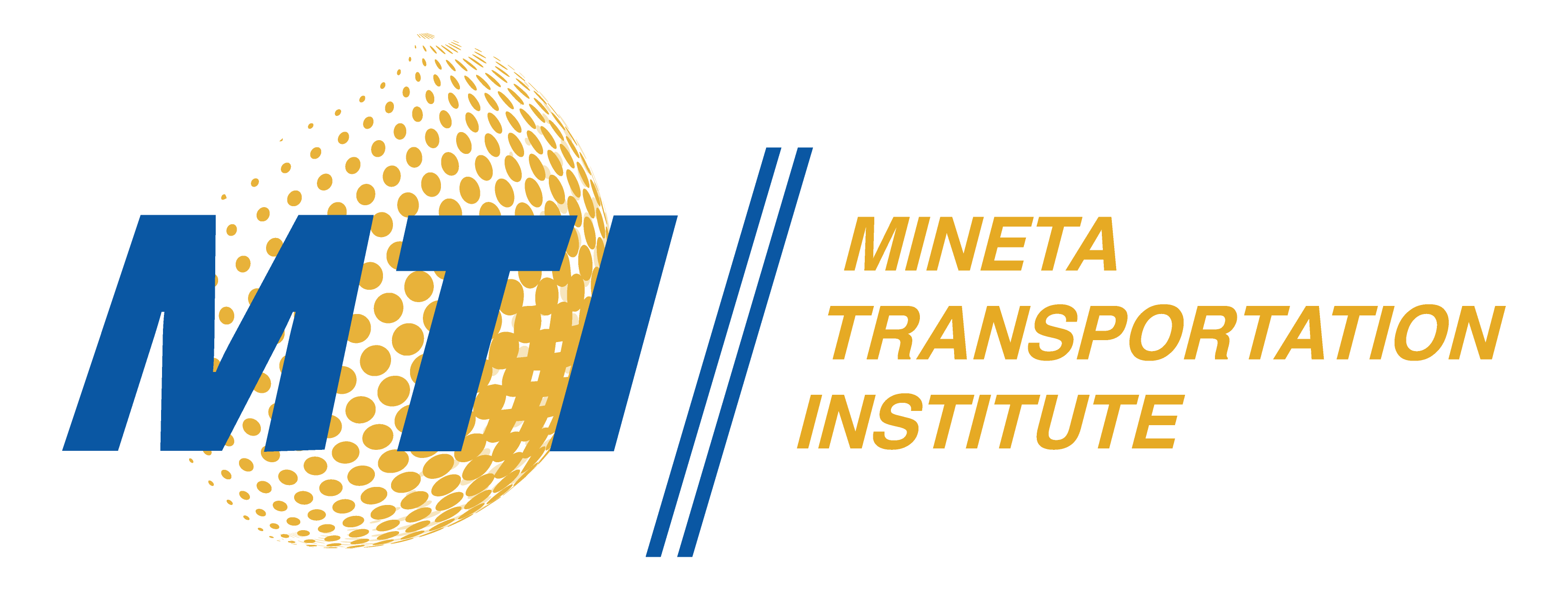Description
Historically, the State of California assessed the environmental impacts of proposed developments based on how it was projected to affect an area’s level of service (LOS). However, as LOS focused on traffic delays, many agencies simply widened roads, which was an ineffective way to reduce greenhouse gas emissions (GHGs). With the passage of Senate Bill (SB)743 in 2013, LOS was replaced by Vehicle Miles Traveled (VMT) as a more appropriate metric by which to gauge the environmental impacts of proposed development. Additionally, SB 743 presented an opportunity for off-site VMT mitigation strategies through banking and exchanges– allowing multiple development projects to fund a variety of strategies to reduce VMT elsewhere in the city or region. While the shift from LOS to VMT has generally been lauded, concerns remain about how to apply SB 743 effectively and equitably. This study aimed to: 1) understand how local governments are addressing this shift toward VMT while ensuring equity, including its approaches to off-site VMT mitigation; and 2) evaluate the various built environment factors that impact VMT, which should be considered by local governments, using both qualitative and quantitative research designs. The study posited that both micro and macro level aspects of the built environment needed to be considered when evaluating the impacts of proposed development on VMT, not only to ensure higher accuracy VMT models, but also because of the potential equity implications of off-site mitigation measures. Using multiple linear regression, the study shows that macroscale built environment features such as land use, density, housing, and employment access have a statistically significant impact on reducing VMT (35%), along with transit access (15%), microscale features such as sidewalks, benches, and trees (13%), and income (6%). More notably, a four-way interaction was detected, indicating that VMT is dependent on the combination of macro and micro level built environment features, public transit access, and income. Additionally, qualitative interviews indicate that transportation practitioners deal with three types of challenges in the transition to VMT impact mitigation: the lack of reliable, standardized VMT measure and evaluation tools; the lack of a strong legal foundation for VMT as a component of the California Environmental Quality Act (CEQA); and the challenge of distributing off-site VMT mitigation equitably. Overall, findings support a nuanced, multi-factor understanding of the context in which new developments are being proposed, both in terms of modeling VMT, but also when considering whether offsite mitigation would be appropriate. The results of this study can help California ensure equitable VMT mitigation that better aligns with the state’s climate goals.
Publication Date
11-2021
Publication Type
Report
Topic
Planning and Policy
Digital Object Identifier
10.31979/mti.2021.2027
MTI Project
2027
Mineta Transportation Institute URL
https://transweb.sjsu.edu/research/2027-Equity-Off-Site-VMT-Mitigation
Keywords
Microscale built environment, CEQA, equity, VMT, SB 743, VMT banking and exchanges, off-site VMT mitigation, VMT impact of development
Disciplines
Social Welfare | Transportation
Recommended Citation
Serena E. Alexander, Mariela Alfonzo, and Kevin Lee. "Safeguarding Equity in Off-Site Vehicle Miles Traveled (VMT) Mitigation in California" Mineta Transportation Institute (2021). https://doi.org/10.31979/mti.2021.2027
Research Brief

